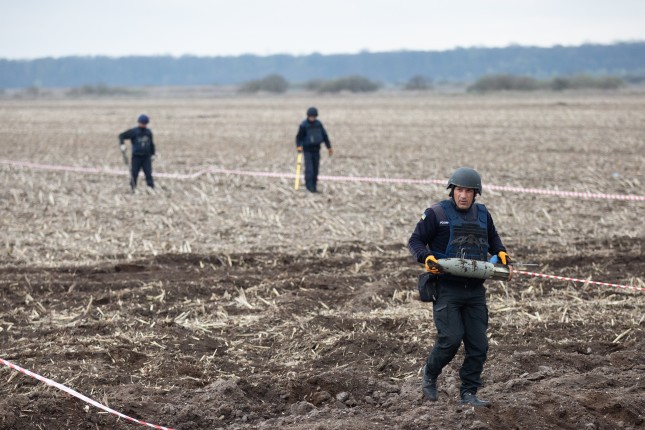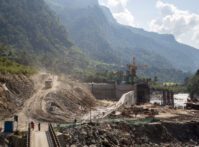-
Top 5 Posts of August 2022
September 30, 2022 By Amanda King
In August’s top post, Jiayi Zhou discusses an underexplored dimension of Russia’s invasion of Ukraine: Farmland and agriculture. While the negative impacts of the conflict on food security have become readily apparent, the geography of the war clearly shows that Russia currently occupies more than one-fifth of Ukrainian farmland. Zhou observes that Russia’s territorial ambitions are not only seen by its government as the preservation of an important natural resource, but also the extension of an overall Russian nationalism with broader implications for food security, environmental sustainability, and geopolitical ties.
In August’s second top post, Noah Bell and Geoffrey D. Dabelko contribute to our ongoing series examining “backdraft.” On the road to decarbonization, the potential for conflict or injustice as a result of well-intentioned climate responses can be avoided by anticipating these frictions before massive changes are made—and not after. In a new report, Environment of Peace: Security in a New Era of Risk, the authors argue that climate responses should not only acknowledge these societal effects up front, but also be designed to enhance the broader resilience of communities and clear a pathway for unified progress across climate, development, and security objectives.
August’s third top post continues the theme of addressing conflict or injustice potentials first when pursuing a just and peaceful energy transition. Emilie Broek and Kyungmee Kim weigh the consequences and potential for hydropower as part of this transition. While hydropower is the largest source of low-carbon electricity in the world today, it also generates a high number of local and interstate conflicts, as citizens try to address concerns over social and environmental damages generated by some low-carbon energy projects. Broek and Kim observe that the amount of installed hydropower capacity will need to be doubled in order to limit global temperature rise. But they ask a key question: Can countries simultaneously ramp up capacity while making sure that hydropower is both just and peaceful?
In the month’s fourth top post, Louise Bedsworth, Ken Alex, and Ted Lamm argue for recognizing the importance of “place-based approaches” to reducing emissions and building resilience to climate stresses and shocks. While strong “top-down” policies are needed to create useful change, the authors note that such approaches often are not designed to meet the needs and priorities of specific local communities. In places like the state of California where “place-based approaches” have been implemented, these local programs are already seeing signs of success.
And in the final top post of the month, Margaret Gatonye writes, “For decades, women in Kenya have made important contributions to the governance of the fisheries sector which often go unrecognized.” Yet their efforts to promote gender equity and social inclusion within this sector still face many barriers, such as lack of access to resources, land rights, and more. Gatonye shares the story of Loreta, an everyday fishmonger who is pushing against these barriers, and offers solutions on how women can be better included in dialogue and policy decision-making.
- Agricultural Land in Russian Territorial and Geopolitical Ambitions, by Jiayi Zhou
- Creating an Environment of Peace Means Avoiding Backdraft, by Noah Bell & Geoffrey D. Dabelko
- Leveraging Hydropower for Peace, by Emilie Broek & Kyungmee Kim
- Climate Solutions from the Ground Up: The Importance of Place-Based Approaches, by Louise Bedsworth, Ken Alex & Ted Lamm
- Fishing for Equity and Inclusion: Women’s Socioeconomic Factors in Kenyan Fisheries, by Margaret Gatonye
Photo Credit: Ukrainian rescuers clear mines at the site of fighting between the Russian and Ukrainian armies in the Kyiv region, Ukraine, courtesy of home for heroes, Shutterstock.com.
Topics: What You Are Reading
 A Publication of the Stimson Center.
A Publication of the Stimson Center.






